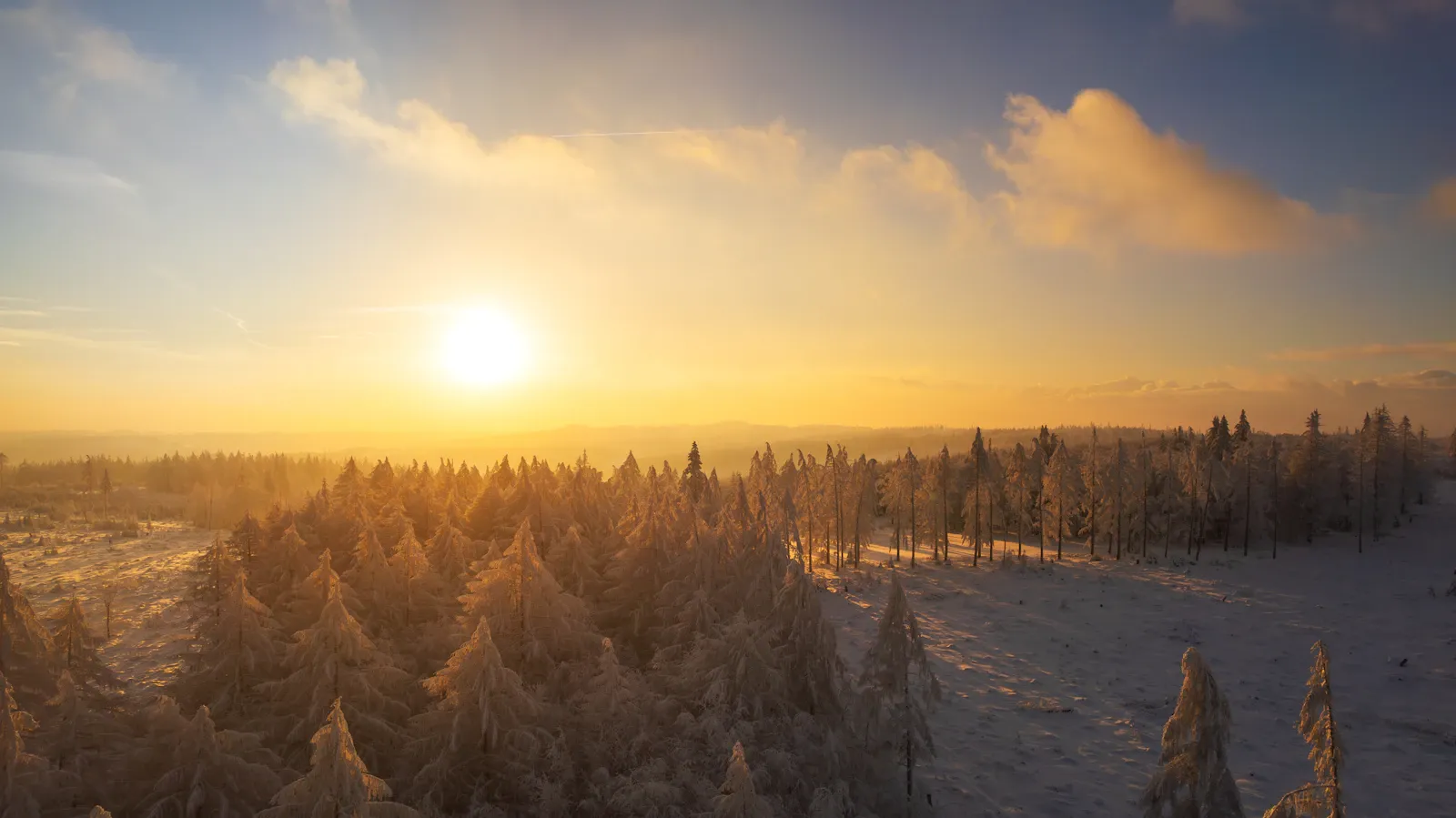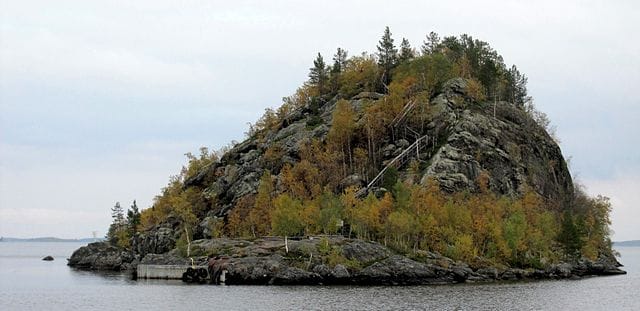Warming climate boosts solar energy potential
In the Nordic climate, snow cover reduces the electricity output of solar panels during the cold season. As the climate warms, however, snow cover will diminish. This could increase the annual solar power potential in Finland and neighboring countries by 10–20 percent.

A study by the Finnish Meteorological Institute assessed the solar energy production potential in Northern Europe and the northern parts of Central Europe up to the end of this century.
The results show that solar power generation will mainly increase in spring. At that time, solar radiation is stronger than in winter, and with a warmer climate, the share of snowy spring days will decrease. Under favorable conditions, spring could see up to ten additional days per month suitable for solar energy production.
Climate models agree on increasing potential
The projected increase is specifically due to reduced snow cover, since the overall amount of solar radiation reaching the Earth’s surface will not change significantly. All climate models used in the study indicate a growth in solar power potential, though the magnitude varies considerably between models.
Snow cover will also decrease in late autumn and winter months, but solar radiation is so limited then that energy production will not rise significantly. In summer and early autumn, snow cover is absent even under current conditions, so seasonal changes compared to today are minimal.
Winter sun will not power Finland
Solar power generation will therefore increase substantially in spring, but during the darkest months of the year production will remain almost negligible in Finland. Since storing large amounts of electricity across seasons is problematic, other energy sources will continue to be needed during sunless months.
The study was based on simulations from 13 climate models, covering snow cover, solar radiation, and temperature. The assumed greenhouse gas emissions followed the intermediate SSP2-4.5 scenario, under which the planet would warm by just under three degrees Celsius by 2100 compared to pre-industrial times.
The models simulated snow cover on a flat horizontal surface. Therefore, the results apply directly only to solar panels with a low tilt angle relative to the ground.
The research was funded by the Academy of Finland as well as the Fortum and Neste Foundation.





